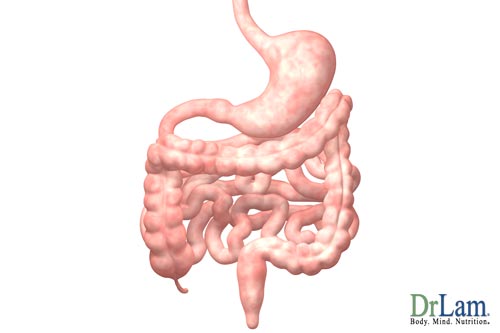 Your digestive tract, along with many other parts of your body, is populated with trillions of microorganisms. Most of these microorganisms consist of as many as 40,000 different bacterial strains. Indeed, approximately 90% of the cells in your body are not human, but consist of these microorganisms, mostly bacteria. These bacterial cells are collectively known as your microbiome. The bacteria that live in your intestinal tract are especially critical to good health, as they are responsible for helping you digest your food and extract nutrients. A healthy gut bacteria diet can help these bacteria do their job more effectively.
Your digestive tract, along with many other parts of your body, is populated with trillions of microorganisms. Most of these microorganisms consist of as many as 40,000 different bacterial strains. Indeed, approximately 90% of the cells in your body are not human, but consist of these microorganisms, mostly bacteria. These bacterial cells are collectively known as your microbiome. The bacteria that live in your intestinal tract are especially critical to good health, as they are responsible for helping you digest your food and extract nutrients. A healthy gut bacteria diet can help these bacteria do their job more effectively.
Prior to birth, a baby's gut is completely sterile, and contains no bacteria. At the time of birth, the baby's gut is colonized with microbes, depending on the method of birth. In the case of vaginal birth, the baby's gut is colonized by microbes from the mother's vegetal and fecal microbiome. In the case of cesarean birth, the baby's gut is colonized by bacteria found on the mother’s skin and in the hospital environment. In studies, babies born by cesarean section were somewhat more likely to suffer from obesity, allergies, autoimmune conditions, and other health conditions later in life. As a result, some mothers who require cesarean sections are requesting vaginal and rectal swabs be used to colonize the baby's gut with this bacteria.
As we age, the microbiome continues to change. In many cases, the changes include decreased diversity, which can lead to increased inflammation. We can minimize the impact of these changes by following a healthy gut bacteria diet, which can help keep the bacteria healthy. A decline in the health of gut bacteria leads to a decline in the health of the individual. Illness can occur when gut bacteria are not functioning optimally, and include: irritable bowel syndrome, inflammatory bowel disease, colorectal cancer, obesity, type 2 diabetes, atherosclerosis, food sensitivities, bloating, and autoimmune conditions. As you can see, healthy gut bacteria are critical to good health. The best, perhaps the only, way to protect your gut microbiome is to follow a healthy gut bacteria diet.
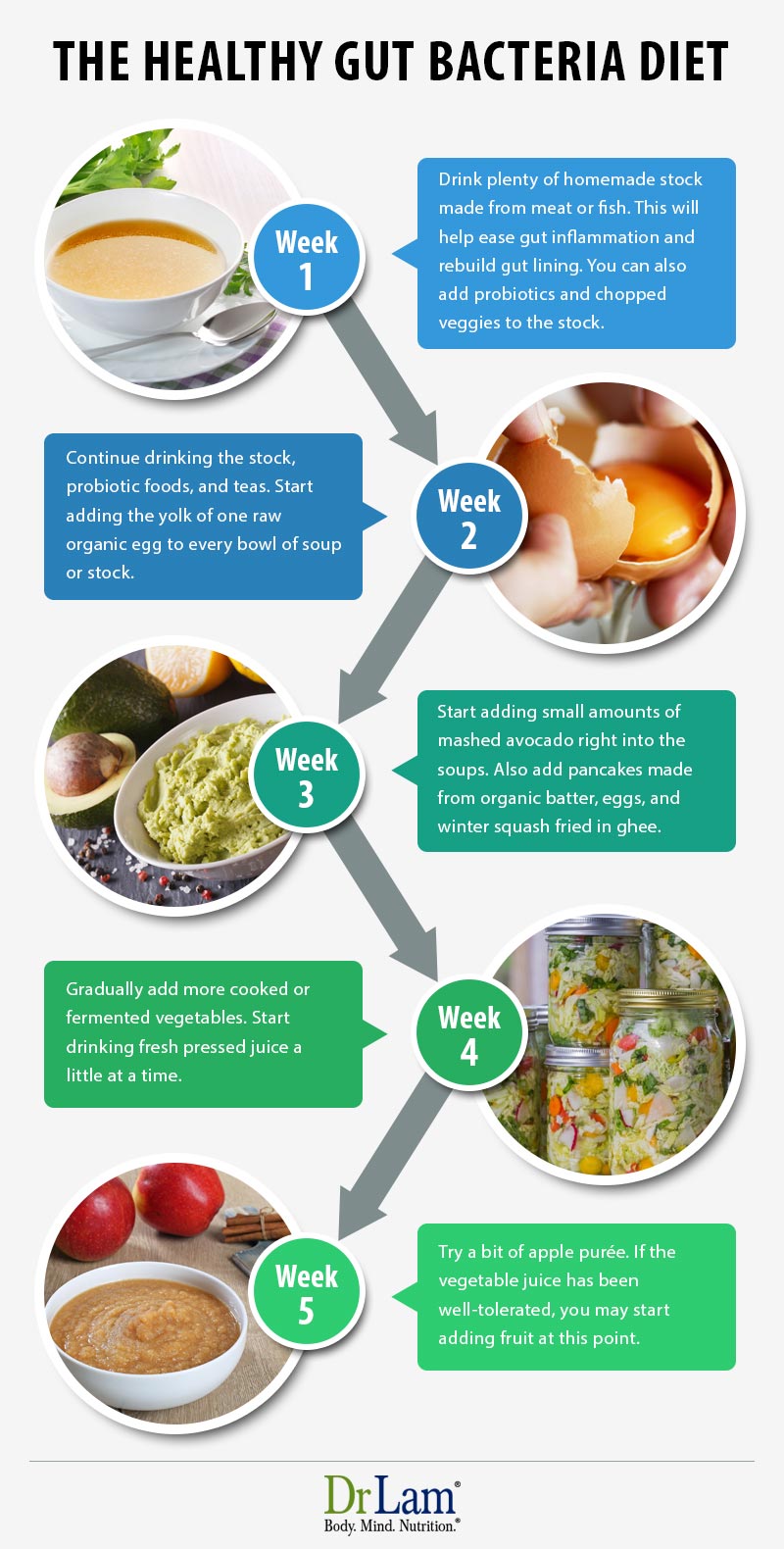
We've talked about health conditions that can arise when the bacteria in the gut are not functioning, but exactly how can a few (okay, a few billion) bacteria in the digestive tract have such a tremendous impact on the body as a whole? Let's take a look at the role these bacteria play, and what they do for the NeuroEndoMetabolic system.
Your metabolism consists of all the chemical reactions that take place within the cells. Metabolism is closely linked to how available nutrients are for the cells. The bacteria in your gut are responsible for breaking down molecules in the food you eat into basic components that your body can use.
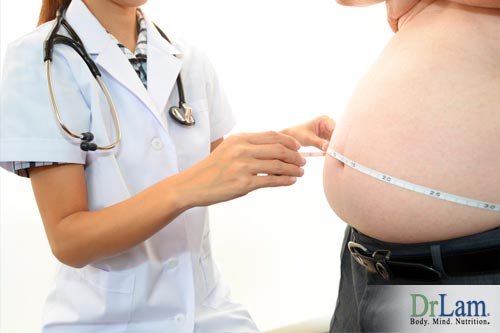 A study conducted on mice found that certain gut bacteria were associated with obesity. When obese mice were injected with bacteria from the guts of normal mice, they lost weight. And when normal mice were injected with gut bacteria from obese mice, they packed on weight. A similar study was conducted on human twins that had significantly different weights, despite identical genetics and similar upbringings.
A study conducted on mice found that certain gut bacteria were associated with obesity. When obese mice were injected with bacteria from the guts of normal mice, they lost weight. And when normal mice were injected with gut bacteria from obese mice, they packed on weight. A similar study was conducted on human twins that had significantly different weights, despite identical genetics and similar upbringings.
Other research has found a direct correlation between diet and the specific strains of bacteria found in the gut. For example, the guts of vegetarians have high populations of bacteria that are especially good at breaking down plant material, making use of cellulose and other otherwise indigestible molecules. It would make sense, then, to assume that specific microbes may be responsible for certain food cravings. It would also make sense that following a specific diet, such as a healthy gut bacteria diet, would change the populations of these bacteria, and with it the specific cravings experienced. So eating a healthy gut bacteria diet would increase cravings for the kinds of foods that encourage healthy gut bacteria.
Dysbiosis is a condition that occurs when significant portions of gut bacteria are wiped out. This may occur for many reasons, including the use of antibiotics, stress, and an unhealthy diet. Dysbiosis has been associated with a number of inflammatory bowel conditions such as ulcerative colitis, Crohn's, and irritable bowel syndrome. When using antibiotics, following a healthy gut bacteria diet becomes even more critical.
The gut microbiota plays a critical role the development of a strong immune system, especially as the adaptive immune system is emerging. During this period of life, the immune system is exposed to, and develops tolerance for, antigens foreign to the body. As homeostasis is established, normal antigens do not provoke an inflammatory response. However, exposure to allergens in an individual with an underdeveloped immune system can trigger inflammatory responses including acute allergies, sensitivities, and autoimmune conditions. In studies, mice that were kept in completely sterile environments were unusually unhealthy, with underdeveloped immune systems. A healthy gut bacteria can improve many of these conditions.
Bacteria in the gut have a strong connection to the brain, and the gut has actually been referred to as a second brain, as a significant portion of neurotransmitters are produced in the gut. Bacteria in the gut may even influence the development of psychiatric and neurological disorders, and has even been shown in studies to influence mood and behavior. In one study, bacteria from the guts of risk-taking mice were swapped with bacteria from the guts of more timid mice, and their level of risk aversion changed significantly. A healthy gut bacteria diet can help improve your mood and reduce symptoms of depression and anxiety.
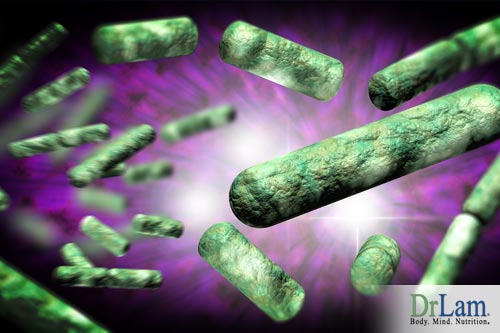 The link between gut bacteria and adrenal fatigue is significant, and dysbiosis is frequently one of the biggest factors in adrenal fatigue. It has been proven that certain bacteria, such as E. coli, can activate the endocrine system. Lab animals raised in a sterile environment demonstrate exaggerated responses to stress, which can increase permeability of the gut lining, allowing toxins and bacteria into the bloodstream. This shows that intestinal health is directly linked to stress response and adrenal function. A healthy gut bacteria diet is critical to improving gut health and recovery from adrenal fatigue.
The link between gut bacteria and adrenal fatigue is significant, and dysbiosis is frequently one of the biggest factors in adrenal fatigue. It has been proven that certain bacteria, such as E. coli, can activate the endocrine system. Lab animals raised in a sterile environment demonstrate exaggerated responses to stress, which can increase permeability of the gut lining, allowing toxins and bacteria into the bloodstream. This shows that intestinal health is directly linked to stress response and adrenal function. A healthy gut bacteria diet is critical to improving gut health and recovery from adrenal fatigue.
The healthy gut bacteria diet is used to normalize serious digestive issues, and can lead to improvement in many other health conditions.
Start your day with a glass of mineral or filtered water and a probiotic. Dietary supplementation with a probiotic is important. For the first week of the healthy gut bacteria diet, drink plenty of homemade stock made from meat or fish. This will help ease gut inflammation and rebuild gut lining. You can also add probiotics (such as the juice from fermented vegetables or homemade yogurt) and chopped veggies to the stock. Simmer for about 30 minutes for a delicious and nutritious soup. Avoid adding celery and other fibrous vegetables for now, as they are too difficult to digest, though they can be juiced and the juice added to your soup. Ginger, mint, or chamomile tea between meals can also soothe the digestive tract.
In the second week of the healthy gut bacteria diet, continue drinking the stock, probiotic foods, and teas. Start adding the yolk of one raw organic egg to every bowl of soup or stock. If the egg yolks are well-tolerated, soft-boiled eggs may be added to the soup. Stews and casseroles made with plenty of meat and vegetables can also be introduced during this stage of the healthy gut bacteria diet. Avoid spices, but use plenty of fresh herbs. Don't worry about the fat from the meat, as this will help the gut lining recover. Also introduce small amounts of fermented fish and homemade ghee.
In the third week of the healthy gut bacteria diet, start adding small amounts of mashed avocado right into the soups. Also add pancakes made from organic batter, eggs, and winter squash fried in ghee. Gently fried eggs made with ghee may also be served with avocado and cooked veggies. A small amount of fermented vegetables should also be eaten at each meal.
In the fourth week of the healthy gut bacteria diet, gradually add more cooked or fermented vegetables. Coldpressed olive oil should also be gradually added to each meal. Start drinking fresh pressed juice a little at a time. The best time is early in the morning on an empty stomach. You may also start eating bread made with ground nuts or seeds, eggs, winter squash, and a bit of natural fat.
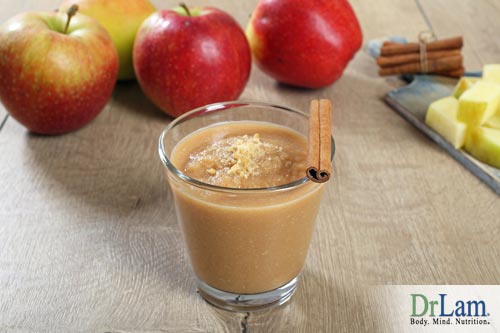 During the fifth week of the healthy gut bacteria diet, try a bit of apple purée. Also add soft raw vegetables, such as cucumber. If the vegetable juice has been well-tolerated, you may start adding fruit at this point.
During the fifth week of the healthy gut bacteria diet, try a bit of apple purée. Also add soft raw vegetables, such as cucumber. If the vegetable juice has been well-tolerated, you may start adding fruit at this point.
If all has gone well up, you may start introducing small amounts of raw fruit and honey. Baked goods sweetened with fruit can also be introduced. Be sure to continue with all of the foods from earlier stages of the healthy gut bacteria diet.
This early portion of the healthy gut bacteria diet has been broken down into six-week periods, but feel free to extend any stage as long as needed. At the end of this diet, your gut should be well on its way to recovery, but the work is far from over. At this point you can move to a full healthy gut bacteria diet until your gut is fully recovered.
You will need to continue avoiding all sugar and starches, including grains, potatoes, yams, sweet potatoes, and any other starchy vegetables for about two years or more. You can replace wheat flour with flour made from ground nuts or seeds.
Continue gradually increasing the amount of fermented foods you consume. These can include vegetables, fruit, milk, and fish. Be sure to introduce new foods cautiously and monitor for any reactions. The best foods to eat on the healthy gut bacteria diet are eggs and fresh or frozen meat or fish, cooked at home. Also, shellfish, fresh fruits and vegetables, nuts and seeds, garlic, and olive oil are good. It is important to consume some of your vegetables cooked. The majority of the foods that you eat should be savory flavors, with sweet kept to a minimum and limited to organic, raw honey, preferably local.
It is very important, while on the healthy gut bacteria diet to ensure that all of your meals are balanced in order to maintain neutral pH levels, and to include plenty of natural fats at every meal. Avoid processed foods, as these foods are filled with toxic chemicals that increase gut inflammation. Avoid sugar, syrup, artificial sweetener, alcohol, grains, starchy vegetables, fresh milk (fermented milk products such as natural hard cheese, live cultured yogurt, kefir, sour cream, butter, and ghee are acceptable), beans, coffee, soy, and anything with artificial additives. If you miss your milk, try making coconut milk or milk made with any nut or seed. Experiment and see what you like best.
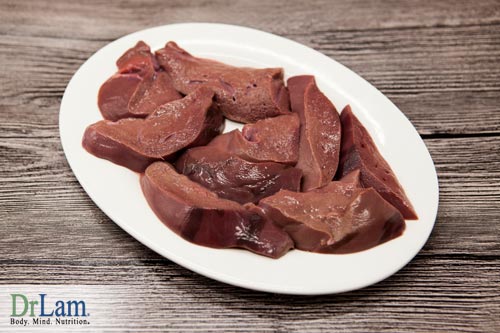 Be sure to eat plenty of organ meats, eggs, fresh non-starchy vegetables, and fresh fruit. Ripe avocado is an excellent addition to any meal on this diet. Organic, unsalted butter is one of the best fats for cooking, while cold pressed virgin olive oil is excellent for salads. Coconut and palm oils are also very good for cooking as heat does not alter their structures. Be sure to avoid canola and other common vegetable oils.Nuts and seeds are highly nutritious, but should be unsalted, and not roasted or processed. However, compounds in nuts and seeds can make them difficult to digest. If you find that you have trouble with nuts or seeds try soaking them in water with a bit of sea salt overnight. In the morning, rinse them and either eat them as they are, or dry them in the oven on very low heat for several hours.
Be sure to eat plenty of organ meats, eggs, fresh non-starchy vegetables, and fresh fruit. Ripe avocado is an excellent addition to any meal on this diet. Organic, unsalted butter is one of the best fats for cooking, while cold pressed virgin olive oil is excellent for salads. Coconut and palm oils are also very good for cooking as heat does not alter their structures. Be sure to avoid canola and other common vegetable oils.Nuts and seeds are highly nutritious, but should be unsalted, and not roasted or processed. However, compounds in nuts and seeds can make them difficult to digest. If you find that you have trouble with nuts or seeds try soaking them in water with a bit of sea salt overnight. In the morning, rinse them and either eat them as they are, or dry them in the oven on very low heat for several hours.
Finally, add plenty of garlic to your diet along with some unprocessed sea salt or pink Himalayan salt. Garlic will help repopulate gut bacteria and stimulate the immune system. Garlic can be taken raw or cooked, but be sure to buy it fresh, not minced or powdered.